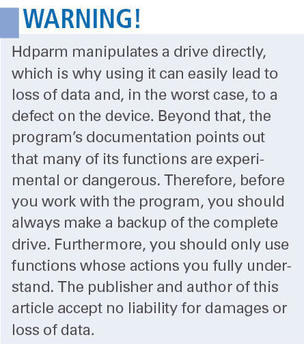Abarbarian
Acruncher
- Joined
- Sep 30, 2005
- Messages
- 11,023
- Reaction score
- 1,221
I'm bored.
So lets have a looksee at how speedy folks hard disks are. Want to play along ? It will only take a few seconds and you may be surprised at the results.
Open up a TERMINAL and run as root or via sudo the following command,
Here are the results from my old Dell with a ssd (sda) and with a sd card running from a usb 2 port (sdb).
Surprise from the above is that both "Timing cache reads" are almost the same.
Here are some results from a mates old WD VelociRaptor hdd.
Surprise here is that the old VelociRaptor is almost as fast as my entry level ssd
So lets have a looksee at how speedy folks hard disks are. Want to play along ? It will only take a few seconds and you may be surprised at the results.
Open up a TERMINAL and run as root or via sudo the following command,
Code:
hdparm -Tt /dev/sdaHere are the results from my old Dell with a ssd (sda) and with a sd card running from a usb 2 port (sdb).
Code:
Drives: HDD TotalSize:136.2GB(37.0% used)
ID-1:/dev/sda model: MKNSSDCR120GB size:120.0GB
ID-2: USB /dev/sdb model: SD/MMC size:16.1GB
$ sudo hdparm -Tt/dev/sda
/dev/sda:
Timing cached reads: 2074 MB in 2.00 seconds =1035.80 MB/sec
Timing buffered disk reads:342 MB in 3.01 seconds =113.43 MB/sec
$ sudo hdparm -Tt/dev/sdb
/dev/sdb:
Timing cached reads: 2008 MB in 2.00 seconds =1004.28 MB/sec
Timing buffered disk reads: 54 MB in 3.07 seconds = 17.59 MB/secSurprise from the above is that both "Timing cache reads" are almost the same.
Here are some results from a mates old WD VelociRaptor hdd.
Code:
hdparm -Tt /dev/sda
/dev/sda:
Timing cached reads: 2198 MB in 2.00 seconds = 1098.68 MB/sec
Timing buffered disk reads: 246 MB in 3.00 seconds = 81.91 MB/secSurprise here is that the old VelociRaptor is almost as fast as my entry level ssd







 . I've got an m.2 drive in my NAS for virtualisation, but yet to upgrade my main PC. It just keeps on going, so I keep delaying the upgrade
. I've got an m.2 drive in my NAS for virtualisation, but yet to upgrade my main PC. It just keeps on going, so I keep delaying the upgrade